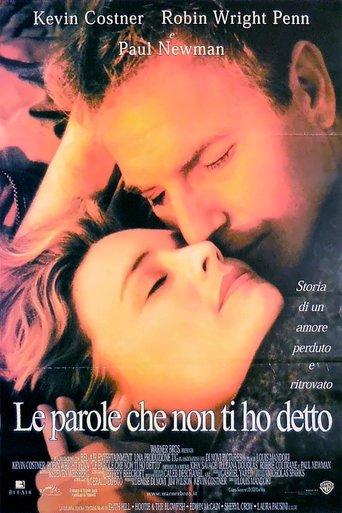

Dreams falls down and a magma of memories throws stones into a fragile heart. The bitter-sweet "Estate '41" (Summer '41) evokes the image of two lives on the border. Unfortunately, the hare forgot the words of the moon and delivered a wrong message provoking sadness, shadows and ice. It tells the story of a hare that was charged by the moon to bring a message to humanity. "La luna e la lepre" (The moon and the hare) is a beautiful track with a medieval atmosphere and excellent harmony vocals. Try to imagine a factory producing dreams and expectations through words and notes and listen to the sound of its cogs and wheels. Then it's the turn of "La fabbrica delle nuvole" (The factory of the clouds), a magnificent instrumental track that starts with the pace of a gentle giant in a glass house. Those who have the bad chance to be lonely like stones are condemned to climb an endless stairway to the moon. "Il passo delle ore" (The pace of hours) is a melodic piece that underlines the importance of finding the right partner to share your time and your decisions. It begins with a frenzied rhythm and describes the feelings of a man who dives into a busy life as an antidote to the poisonous consequences of a broken relationship, a man who works to forget. Next comes "Perdo il colore blu" (I'm loosing the blue colour) that every now and again reminds me of PFM. Nonetheless, those raging, forbidden words are the words of the future! When the rage storms out, nobody can say what's true any more, nobody can say what can break the wall. Then words turn into water and wind, the rhythm rises and the music becomes more complex and frenzied. The opener "Un ciclone sul Pacifico" (A typhoon on the Pacific) starts by a classical inspired first part, decadent and melodic, where an emotional typhoon begins to build up from a sea of dissatisfaction and disenchantment. Anyway, the beautiful artwork, elaborated by Eugenio Crippa developing an idea of Alberto Ravasini, tries to depict musical and poetical content of this impressionistic work. Unfortunately, Roberto Roversi passed away in 2012, well before the album was completed. For the lyrics, the band collaborated with the Bolognese poet Roberto Roversi, best known for his works with singer-songwriter Lucio Dalla in the seventies. The new course led to new compositions and in 2017 the band released an excellent album entitled "La fabbrica delle nuvole" on the independent label AMS Records with a line up featuring along with founder members Sergio Lattuada (piano, keyboards, vocals) and Alberto Ravasini (guitars, keyboards, lead vocals) the new entries Marco Tomasini (electric guitar, vocals), Marco Croci (bass, vocals) and Carlo Monti (drums, percussion, violin).

#Le parole che non ti ho detto ita download plus
His effort led to the release of a CD plus DVD documenting the history of the band but it wasn't until 2008 that Maxophone really came back to life thanks to the contribute of some new musicians that joined the old creative core of the band. In 2005 Sergio Lattuada tried to reform Maxophone gathering his old bandmates. After the publication of the homonymous LP, they recorded a pop pier single, whose side A and B songs are both included as bonus tracks in the CD version of MAXOPHONE.Ī clear must for all Italian prog rock lovers. Their most renown feature is to change the music mood from pastoral to rock to classical within the same song without losing listening momentum. Their music shows surfacing influences from Greg LAKE, Robert FRIPP, ELP, KING CRIMSON, GENTLE GIANT, NATIONAL HEALTH, PFM, BANCO and Yes among the others. After one year rehearsal work, in 1975, MAXOPHONE issued their only LP record, the homonymous MAXOPHONE, which aged pretty well, sounding fresh today as 30 year ago.Īlthough MAXOPHONE may sometime blink an eye to melodic rock, they never forget to surprise the listener, nicely standing repeated listening. This weird combination appears clearly in some songs were very non-rock instruments, such as horn, clarinet, trumpet and vibraphone are used in very balanced way together with Fripp-esque guitars and electrical piano. MAXOPHONE had a twin-fold soul: half of the members had classic music background while the other half had a solid rock background. A well coordinated six piece ensemble, MAXOPHONE sits in the prog rock arena covering the gap between the clattering edge of groups like KING CRIMSON, the folky roots of JETHRO TULL and the more elaborated Canterbury sound.

Founded in Milan, Italy in 1973 - Duisbanded in 1977 - Reformed in 2008Īlthough less popular than other mainstream Italian prog rock groups, MAXOPHONE achieved a late cult status among prog rock fan because of their well crafted music, solid musical expertise and precisely cut arrangements.


 0 kommentar(er)
0 kommentar(er)
